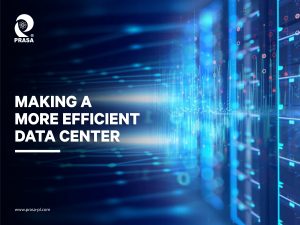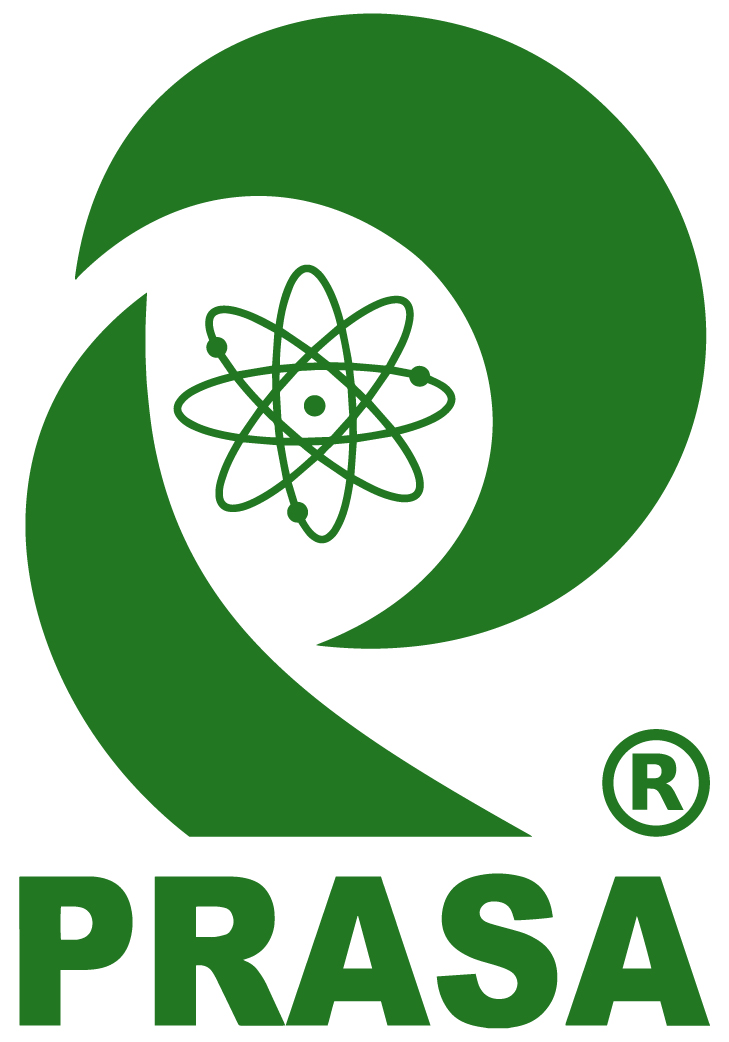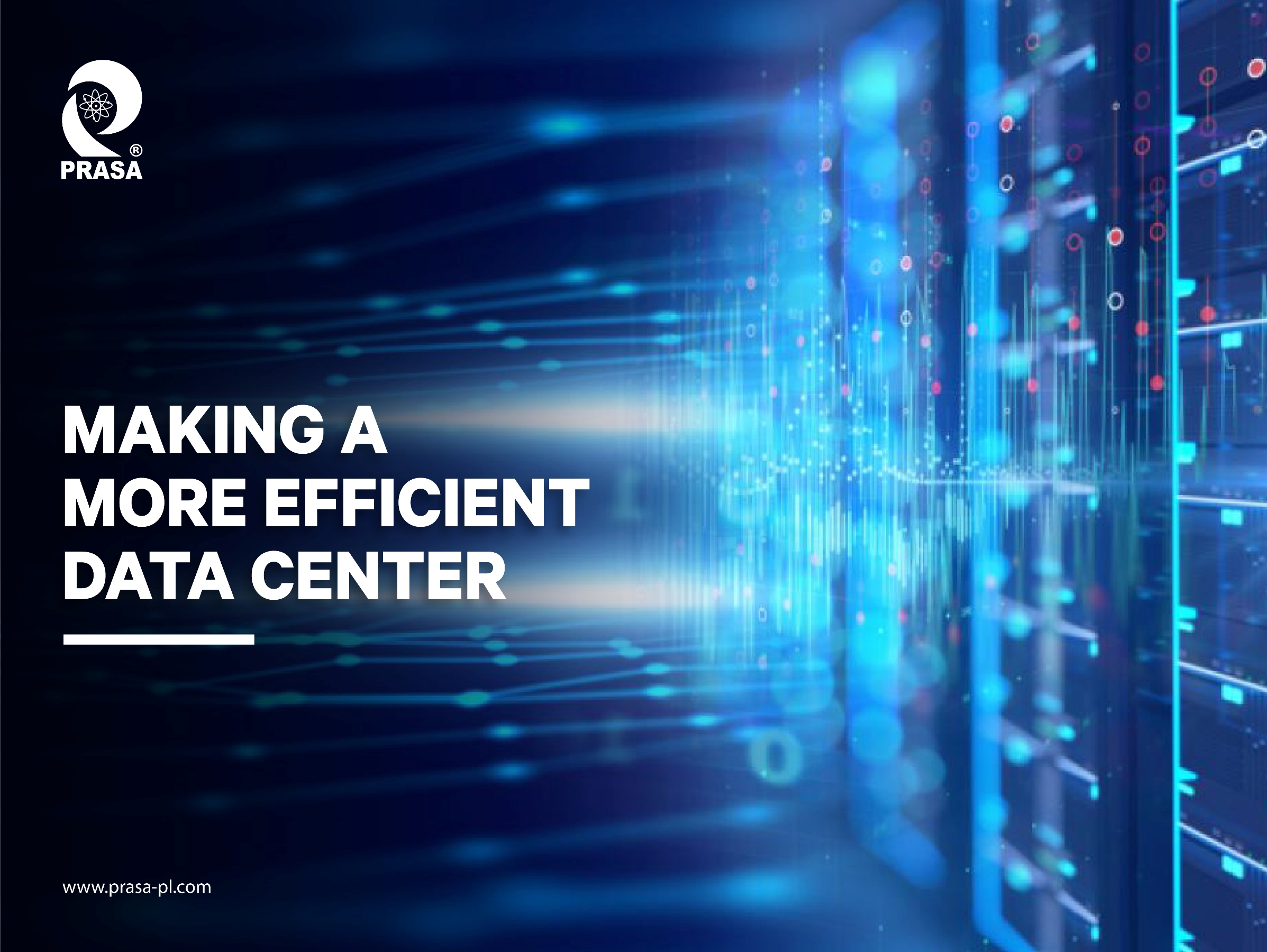
The most efficient hyperscale data centers can have PUE values of ~1.1 (meaning 0.1 kWh is used for cooling/power provision for every 1 kWh used for IT equipment).
What is energy efficient data center?
Energy-efficient data centers are cool, By optimizing airflow and reconfiguring CRAC units, following the analysis of environmental data collected by wireless sensors, a 48% reduction in energy consumption was achieved.
How can you make a data center more efficient?
- Consolidate Lightly-utilized Servers.
- Implement Efficient Data Storage Measures.
- Utilize Built-in Server Power Management Features.
- Reduce Energy Losses from Power Distribution Units (PDUs)
- Reduce Energy Losses from Uninterruptable Power Supply (UPS) Systems.
- Manage Airflow for Cooling Efficiency.
People often ask: “How can I make my data center more efficient?”
There are four areas where you’re most likely to be losing efficiency – and unsurprisingly, they are the four most important elements to any data center:
- The IT load – typically the output power of the UPS
- The cooling equipment – typically Computer Room Air Conditioning (CRAC) equipment and the input power to these
- The input power to the Uninterruptible Power Systems (UPS)
- The room itself and its layout/configuration
The first three tell you your Power Usage Effectiveness (PUE) numbers, which allow you to benchmark how your data center performs against organizations with similar infrastructure. It’s not an exact science, but it gives a good indication as to whether something’s not adding up.
The energy you’re using in the data center may not be the source – or only source – of inefficiencies, it’s important to look at the complete picture and also consider the edge of the network. Efficiency for the whole ICT platform should be taken into account, not just the data center in isolation.
Consolidate, consolidate, consolidate.
There are a number of changes you can make from the onset to increase your efficiency – go through your inventory and think critically about what’s there, especially old servers, routers, switches, storage etc., that may not be used anymore and consider removing or consolidating them. Also look outside of the data center at anything that falls into the same domain – fax machines (I mean, when was the last time you sent a fax?), printers etc., especially if they are being powered by the UPS. On the software side, think about any legacy platforms and how efficient they are and the additional processing they might be using, even when not being used themselves. This kind of workplace de-cluttering can reduce energy consumption and has the added benefit of freeing up physical and virtual space in your organization. Even simple things like ensuring lights are off when no one is in the data center can have an impact.
If you really do need an excessive amount of devices, then that tells its own story – it may be worth investing in some OPEX to upgrade equipment and reduce the number of devices and overall size of your infrastructure. Every device you remove has a cascading positive impact on energy saving, especially in the data center.
What Is a Data Center?
A Data Center is a physical facility that organizations use to house their critical applications and data. A data center’s design is based on a network of computing and storage resources that enable the delivery of shared applications and data. The key components of a data center design include routers, switches, firewalls, storage systems, servers, and application-delivery controllers.
What defines a modern data center?
Modern data centers are very different than they were just a short time ago. Infrastructure has shifted from traditional on-premises physical servers to virtual networks that support applications and workloads across pools of physical infrastructure and into a multicloud environment.
In this era, data exists and is connected across multiple data centers, the edge, and public and private clouds. The data center must be able to communicate across these multiple sites, both on-premises and in the cloud. Even the public cloud is a collection of data centers. When applications are hosted in the cloud, they are using data center resources from the cloud provider.
Why are data centers important to business?
In the world of enterprise IT, data centers are designed to support business applications and activities that include:
- Email and file sharing
- Productivity applications
- Customer relationship management (CRM)
- Enterprise resource planning (ERP) and databases
- Big data, artificial intelligence, and machine learning
- Virtual desktops, communications and collaboration services
What are the core components of a data center?
Data center design includes routers, switches, firewalls, storage systems, servers, and application delivery controllers. Because these components store and manage business-critical data and applications, data center security is critical in data center design. Together, they provide:
Network infrastructure. This connects servers (physical and virtualized), data center services, storage, and external connectivity to end-user locations.
Storage infrastructure. Data is the fuel of the modern data center. Storage systems are used to hold this valuable commodity.
Computing resources. Applications are the engines of a data center. These servers provide the processing, memory, local storage, and network connectivity that drive applications.
How do data centers operate?
Data center services are typically deployed to protect the performance and integrity of the core data center components.
Network security appliances. These include firewall and intrusion protection to safeguard the data center.
Application delivery assurance. To maintain application performance, these mechanisms provide application resiliency and availability via automatic failover and load balancing.
What is in a data center facility?
Data center components require significant infrastructure to support the center’s hardware and software. These include power subsystems, uninterruptible power supplies (UPS), ventilation, cooling systems, fire suppression, backup generators, and connections to external networks.
Stay tuned for part two of my data center efficiency blog.
Reference: – https://www.vertiv.com/en-in/about/news-and-insights/articles/blog-posts/making-efficient-data-centre-part-1-2/
https://www.cisco.com/c/en/us/solutions/data-center-virtualization/what-is-a-data-center.html


Keep up the great work! Thank you so much for sharing a great posts.